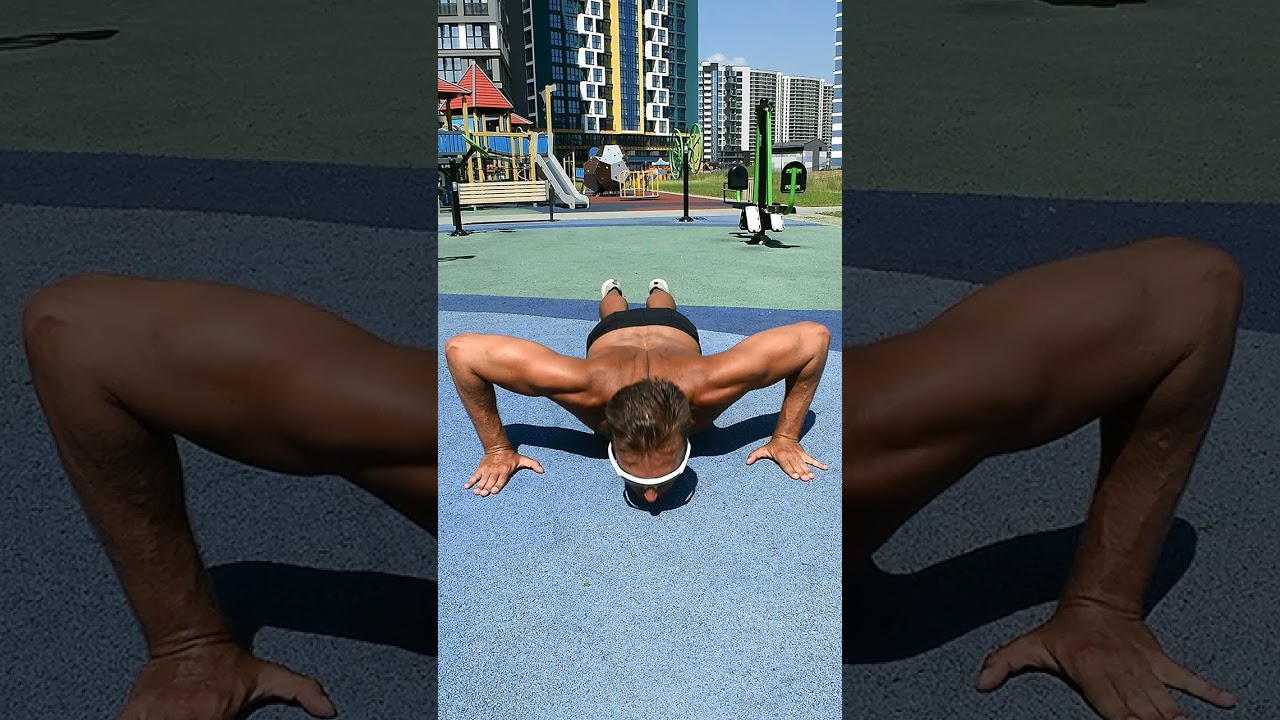Loss of bladder control, aka incontinence, can be an uncomfortable, disruptive, and an embarrassing problem that effects twice as many women as men. Trouble strikes for several reasons, but more commonly occurs during pregnancy as well as childbirth and then later in life during menopause. It is more prevalent among woman 50 years and older. However, just because it happens in many women, doesn’t mean it is normal. There are two types of incontinence that impact the stress on the bladder, the muscles around the bladder, and the urethra.
The two types of incontinence are called urge incontinence and stress incontinence. Urge is also called overactive bladder, and this is the more common type. Some people don’t’ reach the bathroom in time while others make frequent trips to the bathroom but it’s a “false alarm”. The feeling can hit at anytime and for some it happens during their sleep. Stress incontinence is more common in younger women because pelvic floor muscles are weak. Running, jumping, coughing, sneezing, and laughing can be triggers. Symptoms for either type of incontinence can be painful urination, urinating more than twice during the night, urinating more than eight times during the day, pelvic pressure, or even bedwetting.
Diagnosis can be determined in a few ways. A healthcare professional might perform a stress test asking you to cough, laugh or sneeze and assess the leakage. An ultrasound can look at the bladder, urethra, kidneys. A urinalysis can examine if there are other causes such as UTI. A cystoscopy can be done which involves a camera in a tube that will take pictures of the urethra and bladder. Urodynamics can also be performed which places a tube in the bladder to measure pressure.
Lifestyle can be impacted, and some women start to avoid certain activities like exercise, have intercourse problems, and can even have an increased risk for falling. It can be isolating and depressing to not want to do things in life you once enjoyed staying close to the bathroom. Kidney dysfunction and pressure ulcers can also occur.
There are natural at-home remedies to help with incontinence. Losing weight is importance because less pressure will be on the bladder as a result. Performing Kegel exercises as a daily routine can help. Bladder training can be done too. Learning to control trips to the bathroom can be worked on. Monitoring fluid intake and timing can help, and less caffeine can help as well. If these measures don’t work, seeking medical attention may be needed, especially if quality of life is being negatively affected. Although a private topic, may woman suffer from this. Living uncomfortably just because talking about something makes you uncomfortable can prolong and worsen a problem if not addressed. No matter how uncomfortable something might be to share with someone even a medical professional, we must stay proactive about health matters as soon as they strike.
Urinary Incontinence – StatPearls – NCBI Bookshelf (nih.gov)
Overactive bladder: A review and update – PMC (nih.gov)



